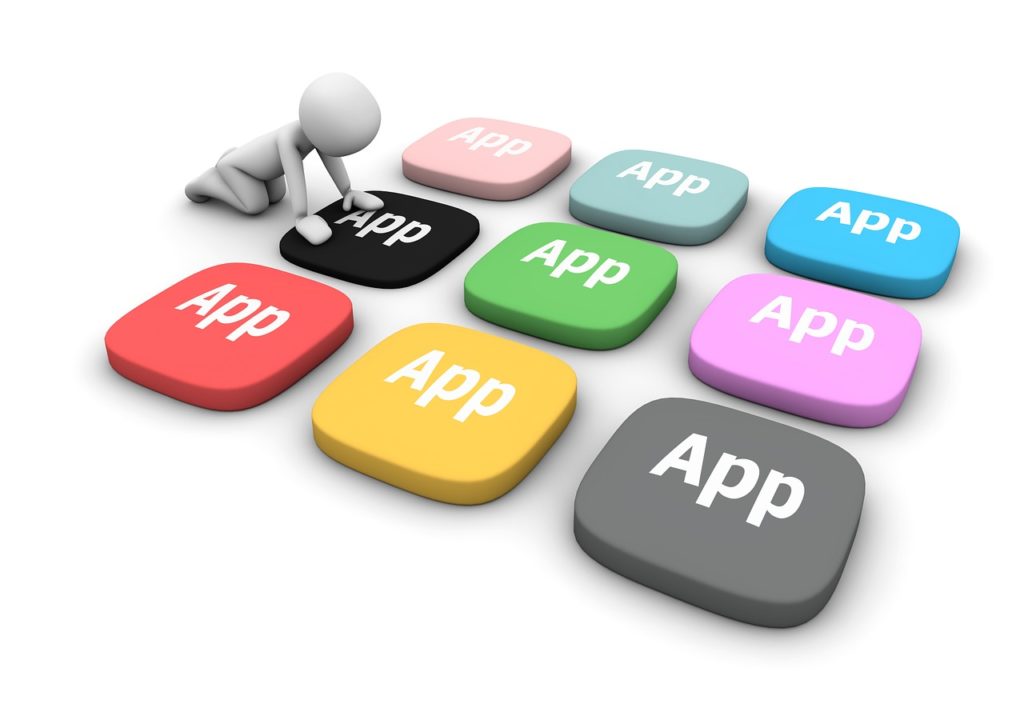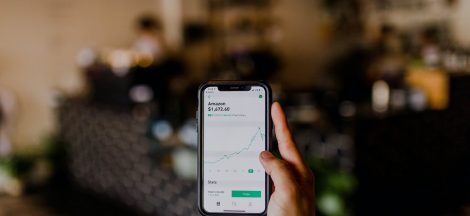As mobile apps are being developed now at a faster pace than ever before, the increasing competition and the ever-changing world of technology has made the creation of a mobile app that provides an exclusive UX for Mobile Apps to the users extremely difficult. Thus, mobile app developers are overcoming significant challenges in designing a UX design that is effective and encourages more app downloads. Though staying updated with the latest developments in the field of mobile app UX design is necessary, certain basic tips that help in creating a mobile app UX design stand out and win the hearts of users have stood the test of time and are still relevant. Though these tips are highly useful for people who are a novice in the field of designing mobile UX, they are also relevant for app developers who are highly experienced in the field. Engagement and retention are the keywords that are determined by the UX of the mobile app design and determine the quality and thus the success of your mobile app. Stay hooked to catch up with highly practical tips that will help you create a polished UX design for your mobile app.
Tip #1: Identify that designing for mobile app UX is different from web designing
You need to identify that though the mobile app will be having the somewhat similar look of your brand as on your website, the mobile UX design is essentially quite different from the web design. For one thing, the mobile app will be viewed on the mobile screen, so the screen design is one feature that is to be designed differently taking into consideration elements such as the minimal screen space and use of the virtual keyboard.
Tip #2: Make the login and registration process easy and crisp
The process for registration should be easy and quick to allow fast onboarding. The users get irritated if long registration procedures are involved and too many credentials and attachments are to be provided.
Tip #3: Determine your target audience and design mobile UX for them
You need to do extensive market research to ascertain who will be the target audience for your app. Based on the age, gender, language, location, education level, and other needs, preferences, behaviors, and expectations of the end users of your product, you should take mobile UX design decisions if you want your app to be a success. Generally, mobile users either expect fast result-oriented solutions or simply entertainment. However, focusing on the design, context, and content of the mobile app according to particular demands of the set of targeted users can prove to be significantly beneficial. Alternatively, you can create UX persons based on your market research and allow the users to use a version of your app as per the persona they fit into. This helps you in the focused targeting of your user types while also promoting empathy towards the end user.
Tip #4: Make your mobile app UX business specific
Your business goals should be evident through the design of your app so that your targeted customers can reach out and experience using your app. Moreover, the design should be in association with the situations in which your application will be used commonly. For example, if they will be used mostly at home or on-the-go. This makes the UX design appealing to the audience and provides you with recognition in the market.
Tip #5: Make navigation and functionality simple by taking context into consideration
You need to optimize and simplify mobile functionality by redefining the menu bar and making it more accessible and intuitive. Then taking into consideration the contexts for which people will be using the app, you need to simplify the navigation process. Eliminate the need for the users to go through multi-level procedures to search for the feature they need. The core messages should be iconic and simple, and you should take into consideration the place, time, and conditions in which the user will be using the app to make the UX design suitable for use and enhance the experience of the user. Also, consider optimizing your Landing page for the Mobile website/App.
Tip #6: Focus on minimalistic design
It is likely that the users expect the same quantity and quality of content on their small mobile screens as they used to get through the computers and television. However, you need to use your UX designing skills here to work on the quantity and quality of the content in a manner that core message is preserved while using the minimalistic design approach. Images may be added to make the users get hold of the main idea of the content precisely and reinforce productivity while evoking interest and keeping the users engaged. You need to use images in an appropriate way rather than for replacing text or covering space. Also allow easy navigation by creating convenient scroll-bar, arrows, special fonts, or other features to allow simple and productive UX.
Tip #7: Empty states should be used skilfully
Empty states are screens that do not have content to show, for example, when the user has just signed up, and there is no content created in the app yet for these screens. This space can be used skilfully for informing these, educating, helping, and delighting the users on onboarding and increasing the loyalty. Keeping screens empty may be misleading for the user or discourage them from using the app. Instead, use cute graphics or cheerful greetings to encourage users to start using your app immediately.
Tip #8: Minimize interruptions and use micro interactions to improve communication
Emails, calls, notifications, and instant messages can cause interruptions that distract people and break internet sessions. Such interruptions can be avoided by using a minimalistic set of features to retain more users for a longer duration. Using micro interactions to fill the moments in between the use of applications and inform the users about the current state of the system using graphical feedback like animations to show the current system status such as download progress, percentage completion, failure, or complete in the progress bar. This gives a sense of control and confidence to the users and encourages interaction. Similarly, simple touch interactions such as green check marks that appear next to completed fields assure the user that they are on the right track and inspire them to move further.
Tip #9: Personalize the UX design
As mentioned earlier you need to know your target audience and display the personalized content and functionality to a specific user or group of targeted users. The mobile app design should be personalized as per the needs and expectations of the target audience. For example, using GPS, you can provide personalized content related to events, traffic update, weather conditions, etc., of a local area. Seasonal personalization can also be used for personalizing the app around seasonal events and holidays to boost sales as people are more likely to shop during these days. Users can also be provided with the option to create their own profile and customize it as per their wish to get the personalized experience.
Tip #10: Never hesitate from seeking feedback and implementing needed changes
Undoubtedly you will be trying to give in your best ideas and creativity, however, you should preview the app and be open to feedback and reviews (both positive and negative) and make changes accordingly. If the expected results are not being achieved or new technological advancements or updates are introduced, your ideas may not be compatible with them. So try to adjust them to the expectations of the users and current requirements for improving the app as well as the UX. Testing can also provide adequate data on improving the UX.
Take away
Whatever you design for the app should be viewed empathetically from the user’s point of view to provide the best UX to the users. App developers who have developed successful mobile apps over the years take into consideration the above points to provide the best UX.





 SEO and Content: How Content Can Help Boost Your Rankings?
SEO and Content: How Content Can Help Boost Your Rankings?
yes,It is very difficult for new user,the ever-changing world of technology has made the creation of a mobile app that provides an exclusive UX for Mobile Apps to the users extremely difficult
hey Juned, love this post! people don’t realize how important UX/UI is for a website, Again thanks for the post.
Regards,
Christopher
Hello Juned,
Thank you for sharing this informative article with us and I think these pieces of information are very useful for every mobile application development company who are developing mobile apps.
wow, that’s a great information… I really found this great..it shows how good knowledge you have about a particular subject…keep up the good work…
Hi Juned,
UX/UI is responsible for creating better user experience. It is always good to update the design with latest trends. It not only give a better look to your brand but also help you easily attract more traffic.
Hi Juned,
Great post! You have shared very good information which will be beneficial to lot of website owners planning to get an app version. It is always good to know the nitty gritty of things before we take a plunge into it. I am glad I landed on your post.
Thanks for sharing, have a good day. 🙂